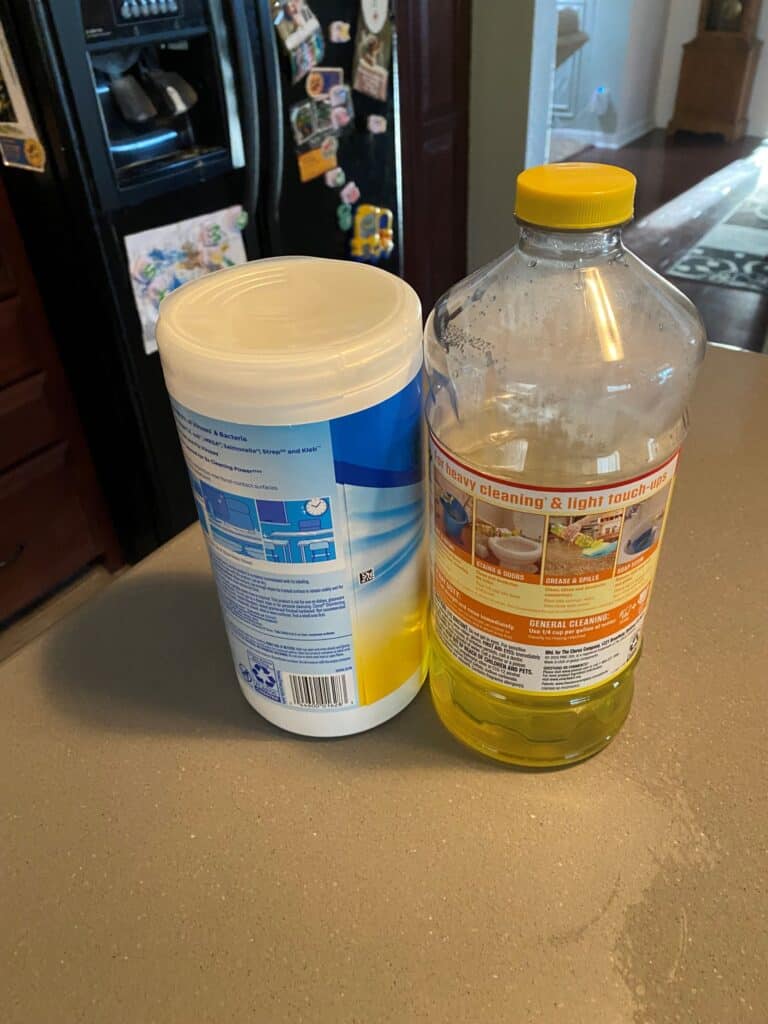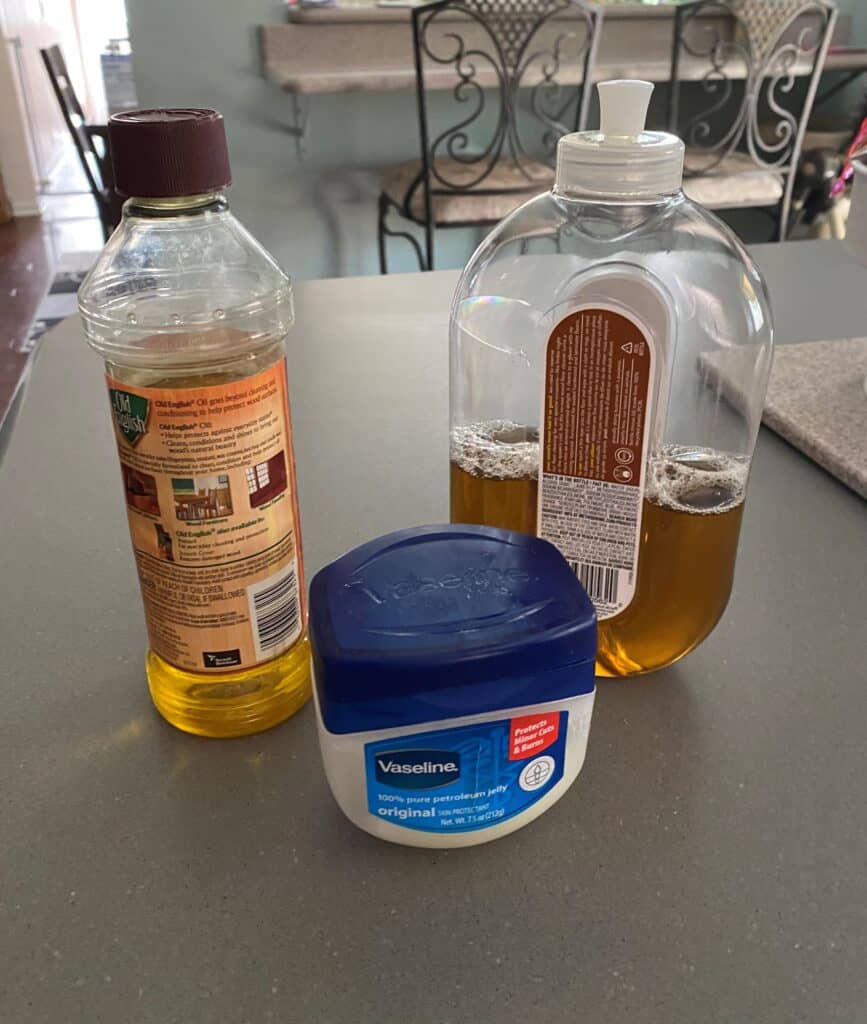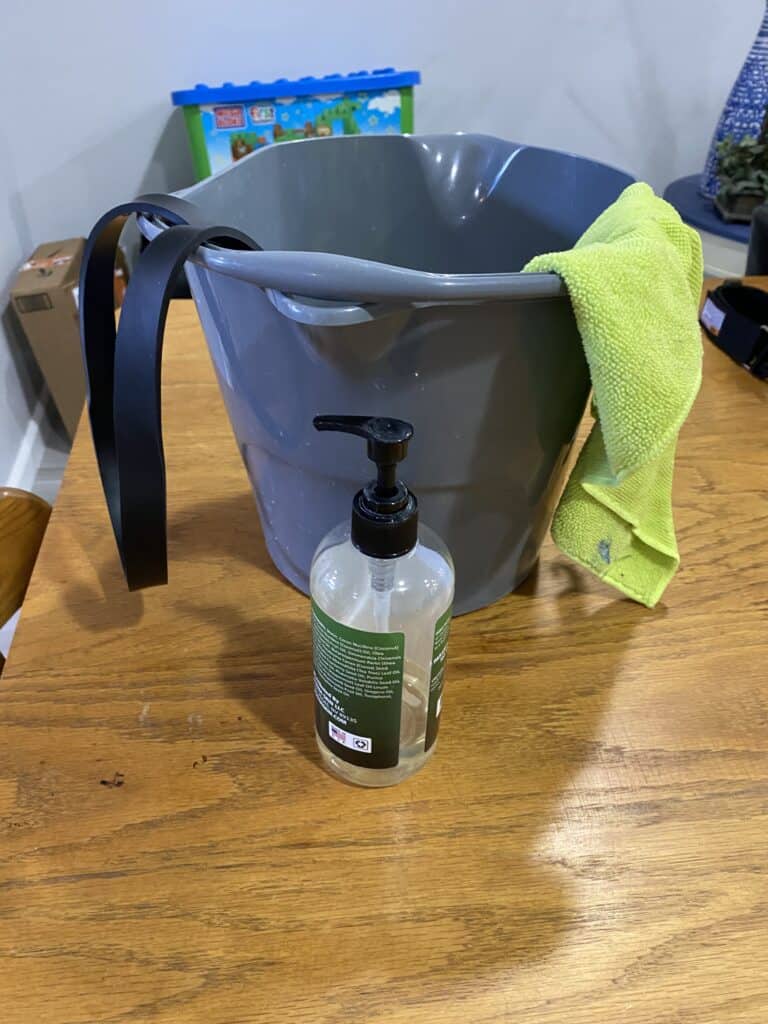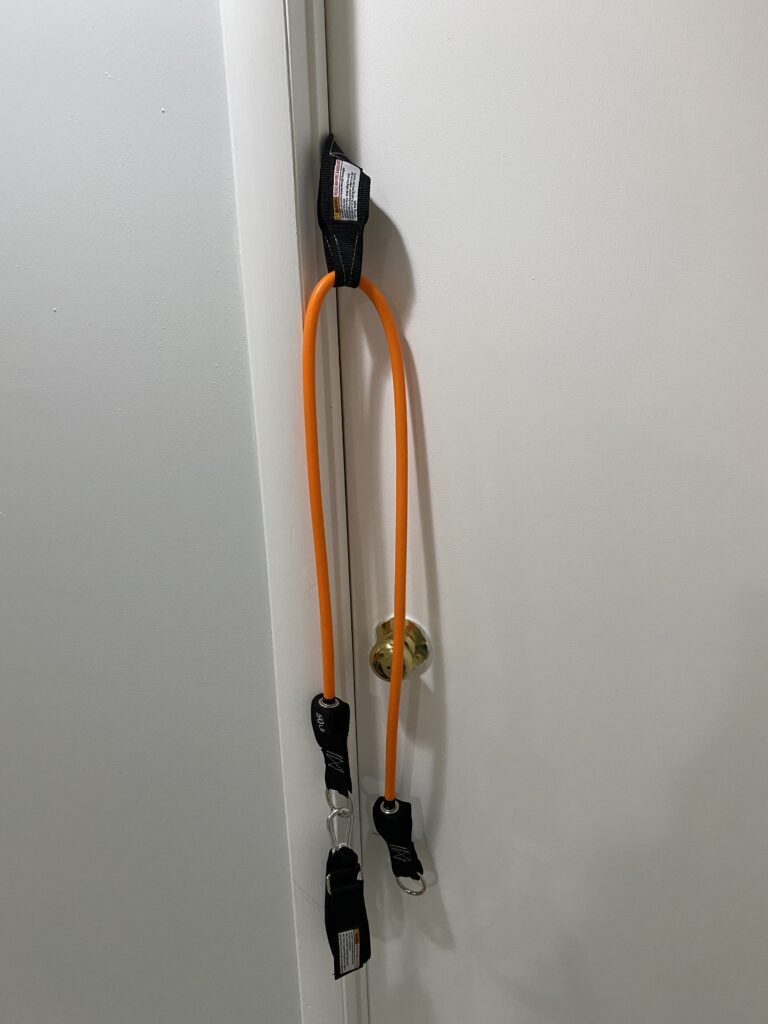How To Care for Your Resistance Bands: Lubricating, Cleaning, and Preventing Drying Out
Are you a fan of using resistance bands in your fitness routine or rehab program?
As someone who uses them regularly, I understand the importance of taking care of these versatile tools to ensure they last as long as possible.
In this article, I will share some helpful tips and tricks on how to properly care for your resistance bands, as well as how to avoid injury both to yourself and your bands.
One of the most important aspects of maintaining your resistance bands is keeping them clean.
I will discuss the best way to clean them, as well as how to avoid overstretching them and causing damage when using them outside.
Additionally, I will emphasize the importance of inspecting your bands regularly to ensure they are in good condition.
By following these simple steps, you can help keep your resistance bands strong and effective for years to come.
This post contains affiliate links. As an Amazon Associate, I earn from qualifying purchases. This means I may earn a commission, at no extra cost to you, should you choose to make a purchase using my link.
The Best Way To Clean Resistance Bands
Let’s start with the Don’ts
When it comes to cleaning resistance bands, there are a few things you should avoid doing to prevent them from getting damaged.
Here are some of the don’ts:
- Do not use strong chemicals such as bleach as they can remove the protective coating on the bands.
- Avoid using oils or petroleum-based liquids as they can break down the latex of the bands.
- Do not wash the bands frequently as this can also remove some of the protective covering on the bands.
- Do not leave the bands in the sun to dry! This will break down the bands and may cause them to crack over time.


So, what is the best way to clean the bands?
Now that you know what not to do, let’s talk about the best way to clean resistance bands.
Here are some simple steps to follow:
- Good ol’ soap and water is the best option. Keep it simple and use a mild soap diluted in a bucket of water.
- Take a soft rag and wipe the band down. Avoid using anything abrasive such as a magic eraser or scrub brush as this will remove the protective coating on the bands.
- Be sure to dry the bands thoroughly with a towel and either lay them out flat on a surface or hang them up so that they can continue to dry.
By following these simple steps, you can keep your resistance bands clean and in good condition for a long time.

Do Not Over Stretch Your Resistance Bands!
So, how much is too much stretch on a resistance band?
When using a resistance band, it is important to keep in mind that it is basically a giant rubber band.
Overstretching the band can cause weak spots and lead to the band snapping and breaking, potentially causing injury.
To avoid this, it is recommended to never stretch the band more than 3 times its resting length.
This means that if you secure the band around your feet or to a door anchor or pole and let it hang down without resistance, that is its resting point.


As you pull the band, you are stretching it and adding tension.
You should stop pulling once you feel resistance that makes it difficult to continue.
Do not force it beyond this point, as it can weaken the band and cause damage over time.
If you feel that the band is not providing enough resistance without being stretched beyond its limits, consider swapping it out for a heavier band.
Remember, overstretching the band can cause it to break down faster and reduce its lifespan.
So, be mindful of how much you are stretching your resistance bands to ensure they last for a long time.
Avoid Causing Damage When Using Resistance Bands Outside
When working out with resistance bands outside, it’s important to take precautions to avoid damaging the bands.
Here are some tips to keep in mind:
- Avoid placing the bands on rocks or concrete as this can weaken and damage them. If you don’t have any other options, consider bringing a yoga mat to place under your feet to protect the bands.
- When tying the band to a raised area, avoid using surfaces such as trees. The rubbing of the band against the bark can cause damage. Instead, try to find a smooth surface like a basketball pole. Avoid using square poles or ones with rough edges as these can cause weak spots in the band.
- If there are no good options for a pole, consider using your feet as anchors for exercises such as seated rows, tricep extensions, bicep curls, donkey kicks, squats, and lunges.
- You can also use the bands around your legs for exercises like bridges, side and back kicks, squats, and monster walks.
- For push-ups, you can wrap the bands around your back. For push-outs, wrap the bands around your hands.
By following these tips, you can ensure that your resistance bands stay in good condition and last longer.
Take Time to Inspect and Care for Your Resistance Bands
As someone who uses resistance bands frequently, I can tell you that it is very importance to inspect them before each use.
It only takes a minute to check for any fraying or worn patterns, cracks, or weak spots.
With therabands and tube bands, it’s important to also check the coloring of the bands.
If one area is a pale color while the rest of the band is a brighter color, it could be a weak spot that can break and snap back at you.
This can cause serious injury, so take the time to inspect your bands before each use to ensure your safety.
Conclusion
Resistance bands are a versatile and convenient workout tool.
With proper care, they can last a long time.
To extend the life of your bands, it’s important to handle them with care and avoid overstretching.
Store them in a cool, dry place and avoid exposing them to extreme temperatures or direct sunlight.
Regularly inspect your bands for signs of wear and tear, and replace them if necessary.
With a little TLC, your resistance bands can provide a reliable and effective workout for years to come.
